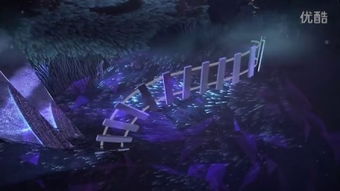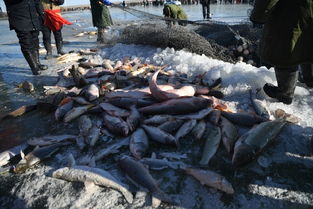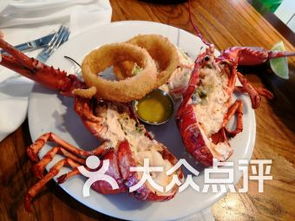Introduction:
The art of fishing is not just about the thrill of catching a big catch; it's also about the satisfaction of preparing a delicious meal. Whether you're an experienced angler or a beginner, mastering the技巧 of fishing can elevate your experience. In this article, we'll delve into some essential fishing techniques to help you catch more fish, and we'll also guide you through the process of making your own delicious dried fish snacks. So, let's get our hooks ready and dive into the world of angling and culinary delights!
Section 1: Essential Fishing Techniques
Choosing the Right Gear:
The first step to successful fishing is selecting the right equipment. Ensure you have a sturdy rod, a reliable reel, and appropriate fishing line. For freshwater fishing, a light to medium-action rod is ideal, while saltwater fishing may require a heavier setup.
Choosing the Right Bait:
Understanding the species you're targeting is crucial. Different fish are attracted to different types of bait. Live bait, artificial lures, and even homemade baits can be effective. Experiment with various baits to see what works best in your fishing spot.
Understanding the Fish's Habits:
Study the habits of the fish you're aiming to catch. Timing your fishing trip to coincide with their feeding patterns can significantly increase your chances of success. Fish are more active during dawn and dusk, but this can vary depending on the species and location.
Location, Location, Location:
Fish tend to congregate in certain areas, such as around structures, vegetation, or in deeper water. Use a fishfinder or consult local anglers to find the best spots. Remember, the best spot can change with the seasons and weather conditions.

Patience and Persistence:
Fishing requires patience. Don't get discouraged if you don't catch anything right away. Keep experimenting with different techniques and locations until you start reeling in fish.
Section 2: Crafting Dried Fish Snacks
Selecting the Fish:
The type of fish you choose for drying will depend on your taste preferences and what's available. Common choices include mackerel, sardines, and tuna. Ensure the fish is fresh and clean before proceeding.
Preparation:
Remove the scales, gut, and internal organs. Rinse the fish thoroughly and pat it dry with paper towels. If desired, you can season the fish with salt, pepper, herbs, or spices.
Drying Methods:
There are several methods to dry fish, including sun drying, oven drying, and smoking. Here's a brief overview of each:
Sun Drying: Hang the fish on a line or string in a well-ventilated area. Ensure the fish is exposed to direct sunlight but is protected from rain and insects.
Oven Drying: Preheat your oven to the lowest setting. Place the fish on a baking sheet lined with parchment paper and dry it for several hours, flipping halfway through.
Smoking: If you have a smoker, you can smoke the fish for a rich, smoky flavor. The process involves exposing the fish to smoke from burning wood chips.
Storing the Dried Fish:
Once the fish is completely dried, store it in an airtight container. You can keep it in a cool, dry place or in the refrigerator for longer shelf life. Dried fish can be rehydrated by soaking in water before use.
Conclusion:
Fishing is a rewarding hobby that combines the tranquility of nature with the satisfaction of catching your own food. By mastering the essential fishing techniques and learning how to craft your own dried fish snacks, you can enhance your angling experience and enjoy delicious homemade treats. So, grab your rod, head to your favorite fishing spot, and start exploring the world of angling and culinary delights!












